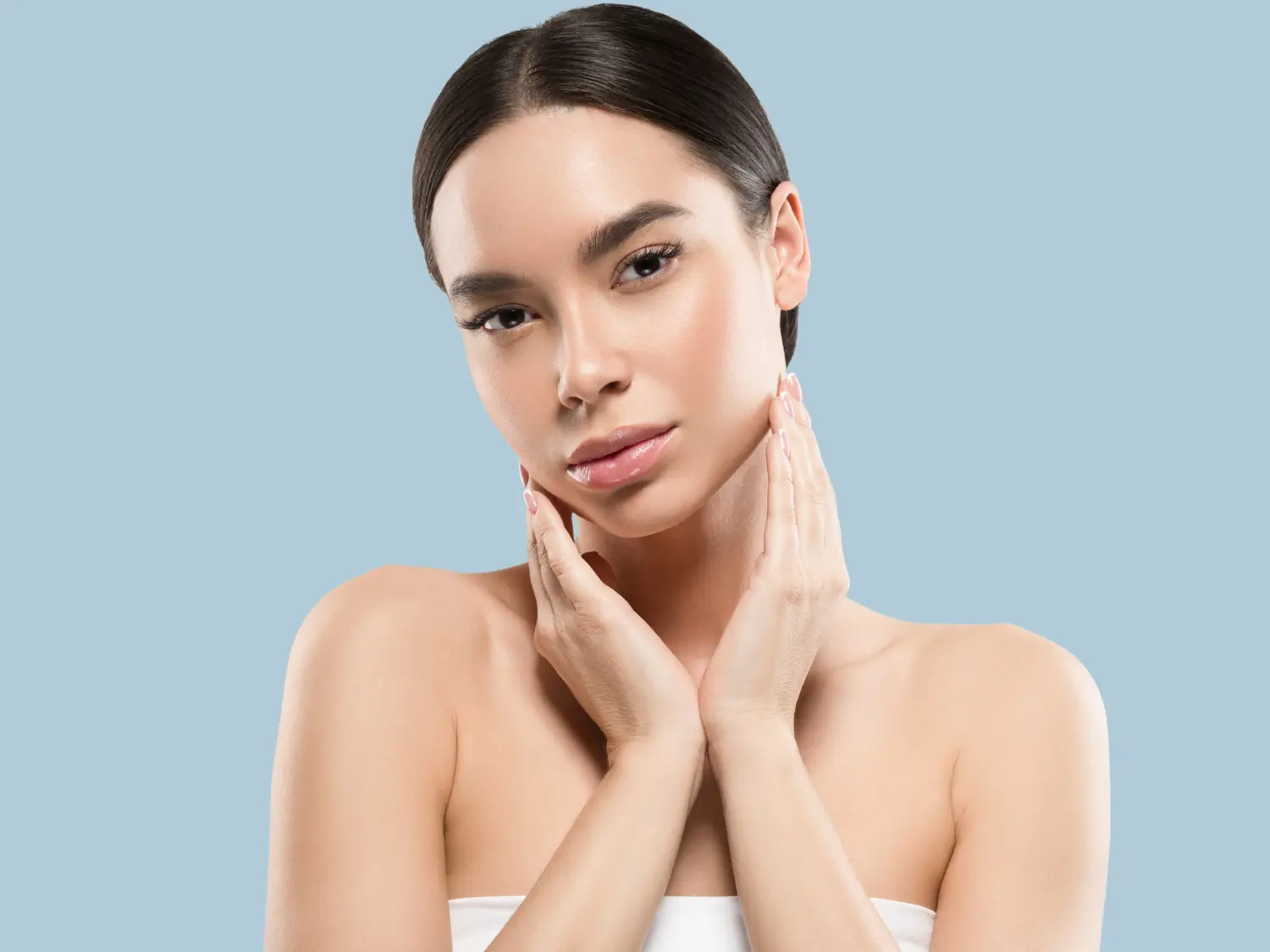Lips, cheeks, and under-eye areas are the most commonly enhanced facial features. Enhancing these areas can add volume, reduce fine lines, and create a youthful and balanced appearance. These improvements are often sought to achieve a refreshed and revitalized look.
Two popular products that cater to these needs are Bellast filler and Juvederm. Both use hyaluronic acid to provide natural-looking enhancements but differ in formulation and application methods. Understanding each product’s specific benefits and application techniques is crucial for choosing the right one for your cosmetic goals and ensuring optimal results.
In this article, we will compare Bellast filler and Juvederm, exploring their unique properties, benefits, and how they compare.
Key Takeaways
- Bellast and Juvederm are leading hyaluronic acid-based dermal fillers widely used for facial volume restoration, wrinkle reduction, and lip enhancement.
- Bellast filler is known for its smooth texture, offering subtle, natural-looking results that blend seamlessly with your facial features.
- Juvederm offers a versatile product line that addresses various concerns, from fine lines to deeper wrinkles and volume loss across facial areas.
- Both fillers are safe, effective options for non-surgical facial rejuvenation. Depending on the product and treatment area, they deliver results lasting several months to over a year.
About: Medical Spa RX provides medical practices with premium products at the best prices. If you’re looking to buy Bellast for your practice, the sales representatives at Medical Spa RX can give you guidance.
Introduction to Bellast Filler and Juvederm
Bellast and Juvederm are among the leading names in dermal fillers, offering advanced facial rejuvenation and contouring solutions.

Bellast filler is a South Korean hyaluronic acid-based dermal filler designed to enhance facial aesthetics, particularly for lip augmentation and wrinkle correction. It offers natural-looking results with minimal downtime and can maintain its effects for up to 12 months.
Meanwhile, Juvederm is a popular line of FDA-approved hyaluronic acid fillers manufactured by Allergan. These fillers restore facial volume, smooth wrinkles, and enhance lip shape and size. Juvederm treatments are minimally invasive, provide immediate results, and can last up to two years.
Formulation and Composition
Bellast fillers are primarily composed of cross-linked hyaluronic acid (HA), a naturally occurring substance in the skin that helps retain moisture and maintain elasticity.
The concentration of HA in Bellast fillers ranges from 18 to 24 mg/mL, and they also contain 3 mg/mL of lidocaine for pain relief during injection. Bellast fillers are designed to be highly compatible with the body, ensuring natural degradation over time.
Juvederm fillers also contain cross-linked hyaluronic acid (HA), which is synthesized in a laboratory to ensure purity and stability. The concentration of HA in Juvederm fillers is typically 24 mg/mL, and they also include 0.3% lidocaine for added comfort during the injection process.
Key Differences
- Cross-Linking Technology: Juvederm’s advanced Vycross technology offers longer-lasting results than Bellast’s traditional cross-linking methods.
- Texture and Versatility: Bellast provides a softer consistency for a natural feel, while Juvederm offers a broader spectrum of textures for different treatment areas.
- Longevity: Juvederm’s fillers tend to last longer, with some products offering results for up to 18 months, whereas Bellast fillers are more suited for shorter-term enhancements.
Injection Techniques and Treatment Areas
The injection technique for Bellast fillers involves precise placement of the filler to achieve natural-looking results. Practitioners also target the Bellast injection points using a multi-angle approach to ensure even distribution and optimal contouring.

The tunneling technique is commonly used for areas around the mouth and nose to avoid visible lumps and ensure a smooth finish. Before injecting Bellast fillers, practitioners may aspirate to ensure the needle is not in a blood vessel, reducing the risk of bruising.
As for Juvederm, these fillers are often injected using a layering technique, where small amounts of filler are injected gradually using fine needles to build up volume and achieve a natural look. After injection, a gentle massage is applied to distribute the filler and smooth out any irregularities evenly.
Areas of the Face Treated with Bellast
- Lips: Enhances lip volume and definition.
- Cheeks: Restores volume and contour to the cheeks.
- Nasolabial Folds: Smooths out smile lines running from the sides of the nose to the corners of the mouth.
- Marionette Lines: Reduces lines from the corners of the mouth to the chin.
- Periorbital Wrinkles: Treats wrinkles around the eyes.
Areas of the Face Treated with Juvederm
- Lips: Plumps and defines the lips.
- Cheeks: Adds volume to the mid-face area.
- Nasolabial Folds: Smooths out smile lines.
- Marionette Lines: Reduces lines from the mouth to the chin.
- Jawline: Enhances the definition of the jawline.
- Crow’s Feet: Treats wrinkles around the eyes.
Longevity and Patient Satisfaction
The effects of Bellast fillers typically last between 6 to 12 months. Longevity may vary based on individual factors such as the area treated, the volume injected, and the patient’s metabolism.
Meanwhile, Juvederm fillers generally provide results that last from 6 to 24 months. Products like Juvederm Ultra XC may last up to 12 months, while Juvederm Voluma XC (cheek augmentation) can last up to 24 months. Longevity can also be influenced by individual lifestyle and biological factors.
Below are some real-life results of these treatments:

Image Courtesy of Eros Aesthetics
The patient received 1 cc of Bellast filler to naturally enhance the shape and volume of their thin upper lip. Using a cannula, the lip body was strengthened, followed by precise needle injections to shape the upper and lower lips.

Image Courtesy of MD SkinCenter
The patient underwent full-face rejuvenation using Juvederm fillers and Botox. Juvederm Voluma was injected into the cheeks for added volume, Juvederm Ultra was used for lip enhancement, and Botox was applied to the upper face.
Best Practices for Using Bellast Filler and Juvederm
When using Bellast Filler and Juvéderm, following proper injection techniques and patient care protocols ensures optimal results and safety.
- Consultation and Customization: Assess the patient’s goals and facial structure to select the right filler and treatment plan.
- Precise Injection Placement: For Bellast, target deep wrinkles and volume loss. For Juvéderm, focus on areas like nasolabial folds and cheeks.
- Use Fine Needles: Use fine needles to minimize discomfort and bruising. Bellast may require deeper injections, while Juvéderm uses smoother technology.
- Aftercare: Avoid touching treated areas for 24 hours. Expect swelling and bruising, which usually resolve quickly.
- Follow-ups: Schedule maintenance for Juvéderm after 9-24 months; Bellast lasts longer.
Side Effects and Safety Profiles
Bellast filler and Juvederm are generally safe but may cause temporary side effects like any injectable. Common side effects include:
- Swelling: Mild swelling at the injection site.
- Bruising: Common after injection, especially in delicate areas.
- Redness: Temporary redness in the treated areas.
- Tenderness: Mild soreness or tenderness around the injection site.
- Lumps or Bumps: Usually resolves over time.
- Itching: Some patients experience mild itching.
These side effects are typically short-lived and resolve within a few days to a week. Always follow aftercare instructions to minimize risks.
Conclusion
When comparing Bellast filler vs Juvederm, both offer effective solutions for facial rejuvenation, wrinkle reduction, and volume restoration. Bellast stands out for its smooth texture and natural-looking results, making it ideal for subtle enhancements. Juvederm, with its advanced Vycross technology and diverse product range, caters to a wider variety of treatment areas and offers longer-lasting results for certain applications.
Ultimately, the choice between Bellast and Juvederm depends on individual aesthetic goals, treatment areas, and desired longevity. Consulting a qualified practitioner is essential for selecting the right filler and achieving optimal, personalized results.
FAQs
1. What are the main differences between Bellast and Juvederm?
Bellast is known for its smooth texture, making it ideal for subtle and natural enhancements. Juvederm offers a broader range of products with advanced Vycross technology for longer-lasting and more versatile treatments.
2. How long do the results of Bellast and Juvederm last?
Bellast typically lasts 6–12 months, while Juvederm can last 6–24 months, depending on the product and treatment area.
3. Which filler is better for lip enhancement?
Both fillers are effective for lip enhancement. Bellast provides a softer, more natural look, while Juvederm offers a range of products for different lip volume and definition goals.
4. Are Bellast and Juvederm safe?
Yes, both fillers are safe when administered by qualified professionals. They are hyaluronic acid-based, FDA-approved (Juvederm), and GMP-certified (Bellast).
References
Fabi S, Alexiades M, Chatrath V, et al. Facial Aesthetic Priorities and Concerns: A Physician and Patient Perception Global Survey. Aesthetic Surgery Journal. 2021;42(4):NP218-NP229. doi: https://doi.org/10.1093/asj/sjab358
American Society of Plastic Surgeons. New Plastic Surgery Statistics Reveal Trends Toward Body Enhancement. American Society of Plastic Surgeons. Published March 11, 2019. https://www.plasticsurgery.org/news/press-releases/new-plastic-surgery-statistics-reveal-trends-toward-body-enhancement





















